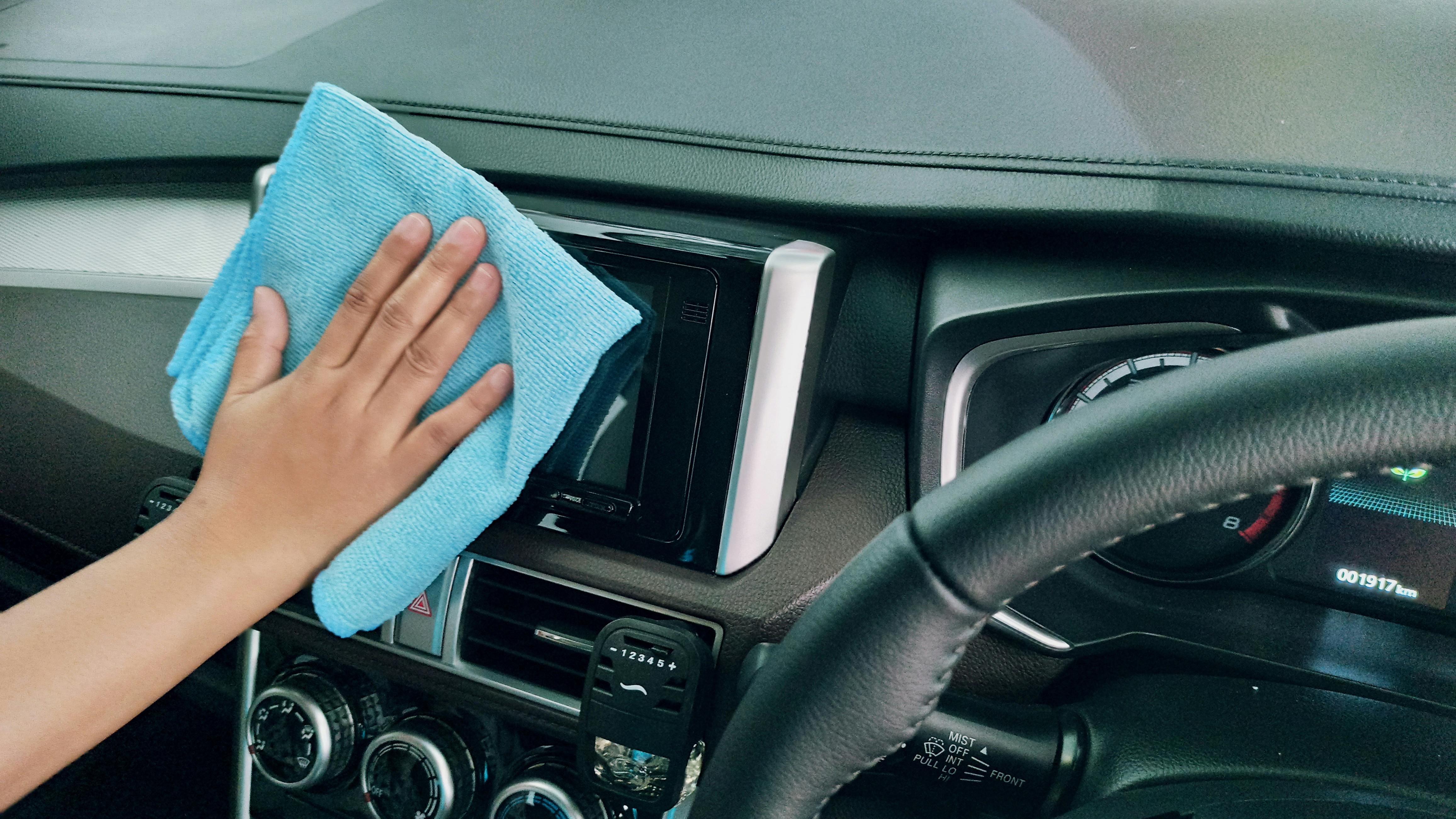HOW DOES THE MAP SENSOR WORK?
The Manifold Absolute Pressure (MAP) sensor signal is used electrically in a similar way to using the Mass Air Flow (MAF) sensor signal (although internally it is constructed differently).
It takes a 5 volt signal from the computer and returns a lower direct current signal according to the vacuum in the motor. Higher output voltage means lower engine vacuum, which is then calculated as “more fuel needed”. A lower output signal indicates higher engine vacuum, which requires less fuel. However, it is not just fuel control. The MAP sensor signal gives the computer a dynamic indication of the engine load. The computer then uses this data to control not only fuel injection, but also gear change and cylinder ignition timing. In some cases, it is even used to calculate changes in barometric pressure, to automatically adjust to different altitudes.
HOW DOES THE MAF SENSOR WORK?
The Mass Air Flow (MAF) sensor helps the computer calculate the flow and mass of the air entering the engine. It does this by measuring the cooling effect of air flow on a heated wire element. The electronic circuitry within the sensor tries to keep the sensor at a fixed temperature.
When cooled further by increased air flow, more current is needed to maintain a constant temperature. The increase in current is converted into a signal and that signal goes to the computer. In most cars, this signal would be a high frequency signal. Not as high as a radio wave, but it changes much faster than the (relatively) slow frequency of the oxygen sensor.
During low airflow rates, such as with the engine idling, the MAF sensor produces a lower frequency signal. During high airflow rates, such as with full-throttle highway loading, the MAF sensor increases frequency. The control module then converts these frequencies to their corresponding values in grams per second.
Again, some MAF sensors can operate on a direct 0-5 volt DC signal, like the typical MAP sensor. This is the case with some older MAP sensor designs that have a hatch with a potentiometer attached to its shaft.
THE IMPROVER
The invention we are talking about here is a simple set of resistors. A resistor is a small piece of carbon that blocks electrical current somewhat. A higher value means that it resists more. The potentiometer (“potentiometer” for short) is a resistor, a variable resistor, that varies its value by turning the knob. But it is still just a resistance. There is another resistor, a fixed value resistor, in series with the pot as shown in the diagram below.
The MAP or Manifold Absolute Pressure Sensor is a small but expensive device that is installed in the intake manifold or installed in the firewall and connected to the manifold with a thin hose. It has 5 volts or 12 volts going in, and it simply senses the vacuum in the collector and attenuates (reduces, weakens) this incoming voltage by a certain factor. In other words, it reduces the supply voltage to a direct current voltage in the range of 15% to 60% of the supply voltage (depending on the design of the car, these numbers will vary), and this variable signal (but not pulsating ) is then sent back to the computer.
The arrangement of the resistors in the MAP Sensor Enhancer simply takes this already attenuated (reduced, weakened) signal and attenuates it further. Too much attenuation kills the motor, it will just shut down. However, if you control it correctly, you can reduce the mix from the stoichiometric (a big word that simply means “ingredient balance”) which is factory set at 14.7: 1 (14.7 parts air to 1 part gasoline), up to 20: 1, maybe even 50: 1 or 100: 1.
This device is totally passive and will work the same way whether the input signal is 12 volts, 5 volts or whatever comes on the line. The diagram in the book is the EASIEST way to do this. The line that goes from the sensor to the ECU is cut and a pot is placed on the line as shown in the photo contained in the book. Below you will see the improved booster based on the same principle.



